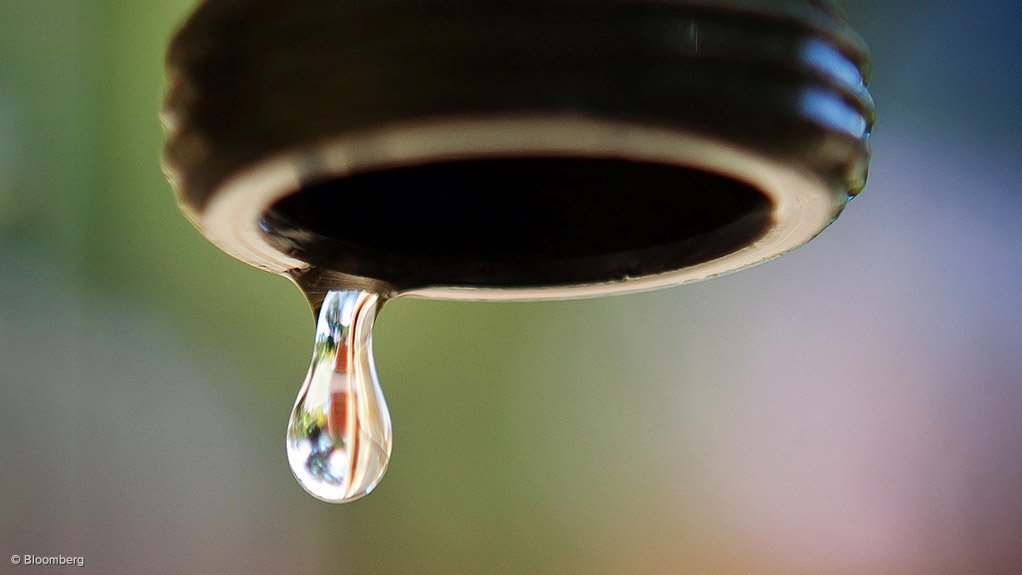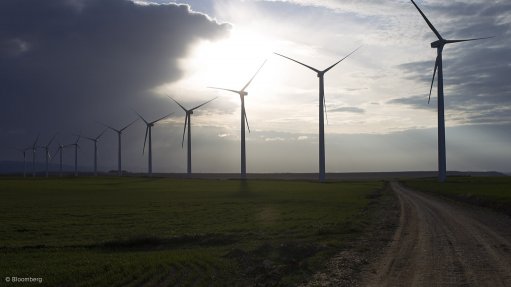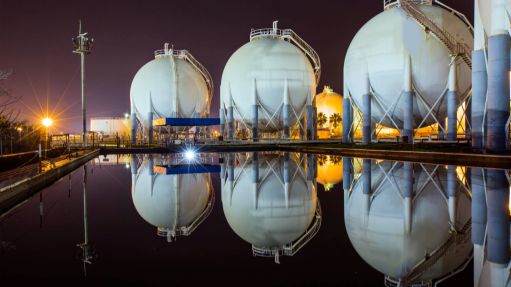Temperatures up, dam levels down – KZN residents urged to save water
Residents across KwaZulu-Natal (KZN) have been urged to use water sparingly as temperatures rise and the national department of water and sanitation saying it had recorded a drop in dam levels across the province and South Africa.
The department’s national spokesperson, Sputnik Ratau, said via a statement on Thursday that KZN’s dam levels had dropped from 52.1% capacity to 51.7% over the course of a week.
Ratau said that while the decrease may seem insignificant, it was cause for concern.
“High temperatures cause water to evaporate and this obviously impacts on water levels. We are hoping that the summer rains expected towards the end of November and early December will rescue the situation,” he said.
The majority of the dams across the province had recorded an average 1% drop.
Albert Falls, one of the biggest dams in the province, dropped from 30.1% to 29.2%. At optimum levels, the dam holds around 288,100 megalitres (ML) of water and covers a surface area of around 23 square kilometres.
A 1% drop accounts for around two-billion litres of water.
Ratau said that the department and local government had been working towards mitigating the problem by providing water tanks and tankers to communities in need.
“We understand the frustrations and the plight of the people. As a department mandated to provide this basic need, we are doing the best that we can to support municipalities in enabling them to function optimally.”
He said that anyone caught vandalising water infrastructure would face “the full might of the law”.
KwaZulu-Natal was not the only province to record a decrease. The Vaal Dam in Gauteng province also saw levels drop by around 1%.
“Presently the Vaal Dam hovers at 29.1%, down from 30.2% last week,” said Ratau.
“Even as the Vaal Dam persists to drop weekly, it is not at a point wherein the populous [of] Gauteng faces prospects of a day zero. The Vaal Dam is part of 14 dams of the Integrated Vaal River System (IVRS), which continues to sustain it.”
Dam levels in Mpumalanga province had experienced similar.
“According to the DWS weekly state of reservoirs report of 26 October 2020, the average water levels in the listed dams in the Mpumalanga province recorded a drop from 65.5% to 64.9%.”
Comments
Press Office
Announcements
What's On
Subscribe to improve your user experience...
Option 1 (equivalent of R125 a month):
Receive a weekly copy of Creamer Media's Engineering News & Mining Weekly magazine
(print copy for those in South Africa and e-magazine for those outside of South Africa)
Receive daily email newsletters
Access to full search results
Access archive of magazine back copies
Access to Projects in Progress
Access to ONE Research Report of your choice in PDF format
Option 2 (equivalent of R375 a month):
All benefits from Option 1
PLUS
Access to Creamer Media's Research Channel Africa for ALL Research Reports, in PDF format, on various industrial and mining sectors
including Electricity; Water; Energy Transition; Hydrogen; Roads, Rail and Ports; Coal; Gold; Platinum; Battery Metals; etc.
Already a subscriber?
Forgotten your password?
Receive weekly copy of Creamer Media's Engineering News & Mining Weekly magazine (print copy for those in South Africa and e-magazine for those outside of South Africa)
➕
Recieve daily email newsletters
➕
Access to full search results
➕
Access archive of magazine back copies
➕
Access to Projects in Progress
➕
Access to ONE Research Report of your choice in PDF format
RESEARCH CHANNEL AFRICA
R4500 (equivalent of R375 a month)
SUBSCRIBEAll benefits from Option 1
➕
Access to Creamer Media's Research Channel Africa for ALL Research Reports on various industrial and mining sectors, in PDF format, including on:
Electricity
➕
Water
➕
Energy Transition
➕
Hydrogen
➕
Roads, Rail and Ports
➕
Coal
➕
Gold
➕
Platinum
➕
Battery Metals
➕
etc.
Receive all benefits from Option 1 or Option 2 delivered to numerous people at your company
➕
Multiple User names and Passwords for simultaneous log-ins
➕
Intranet integration access to all in your organisation





















